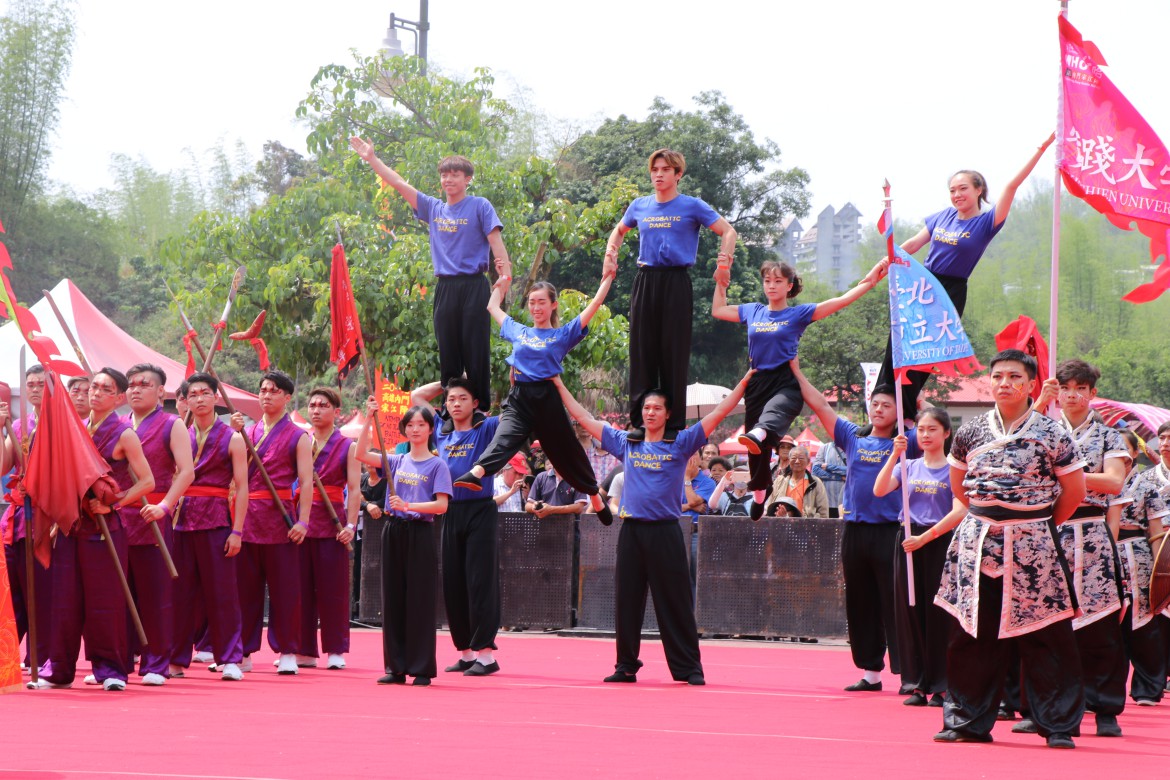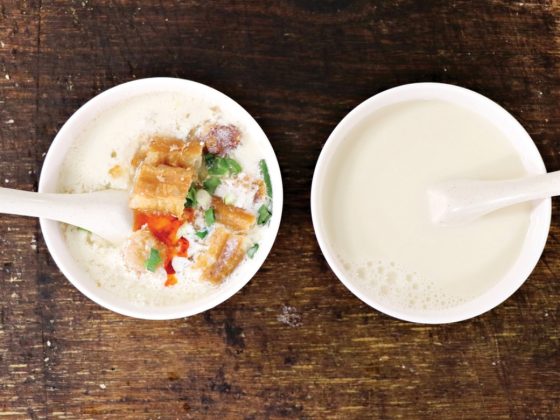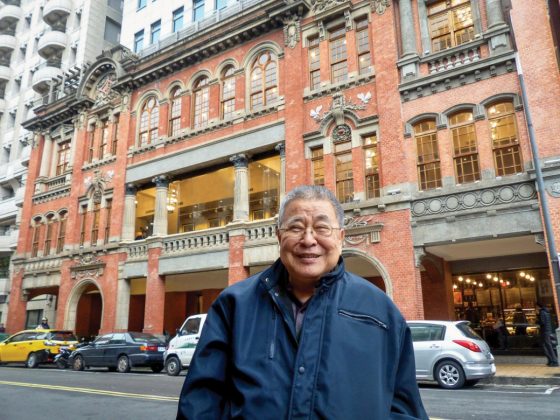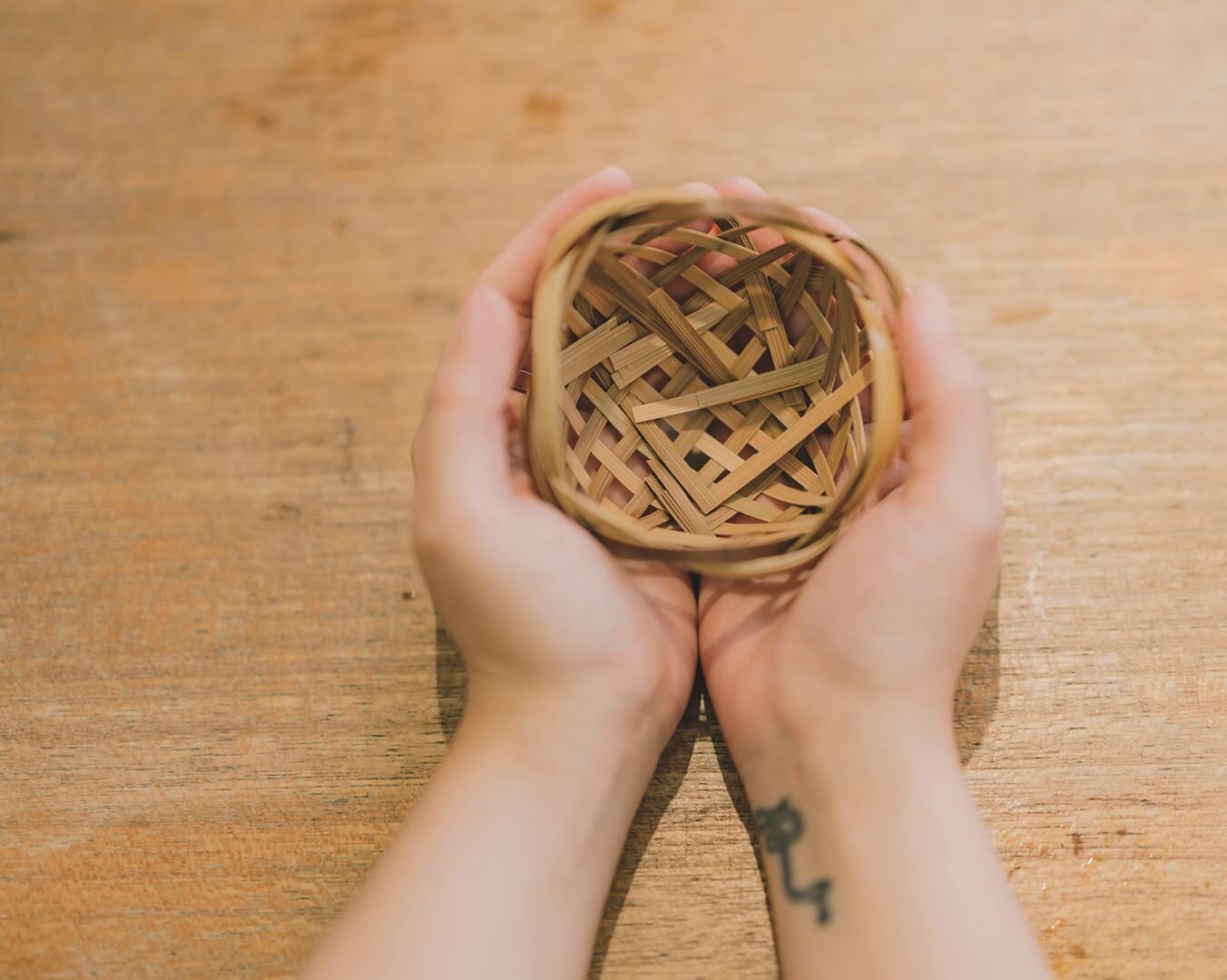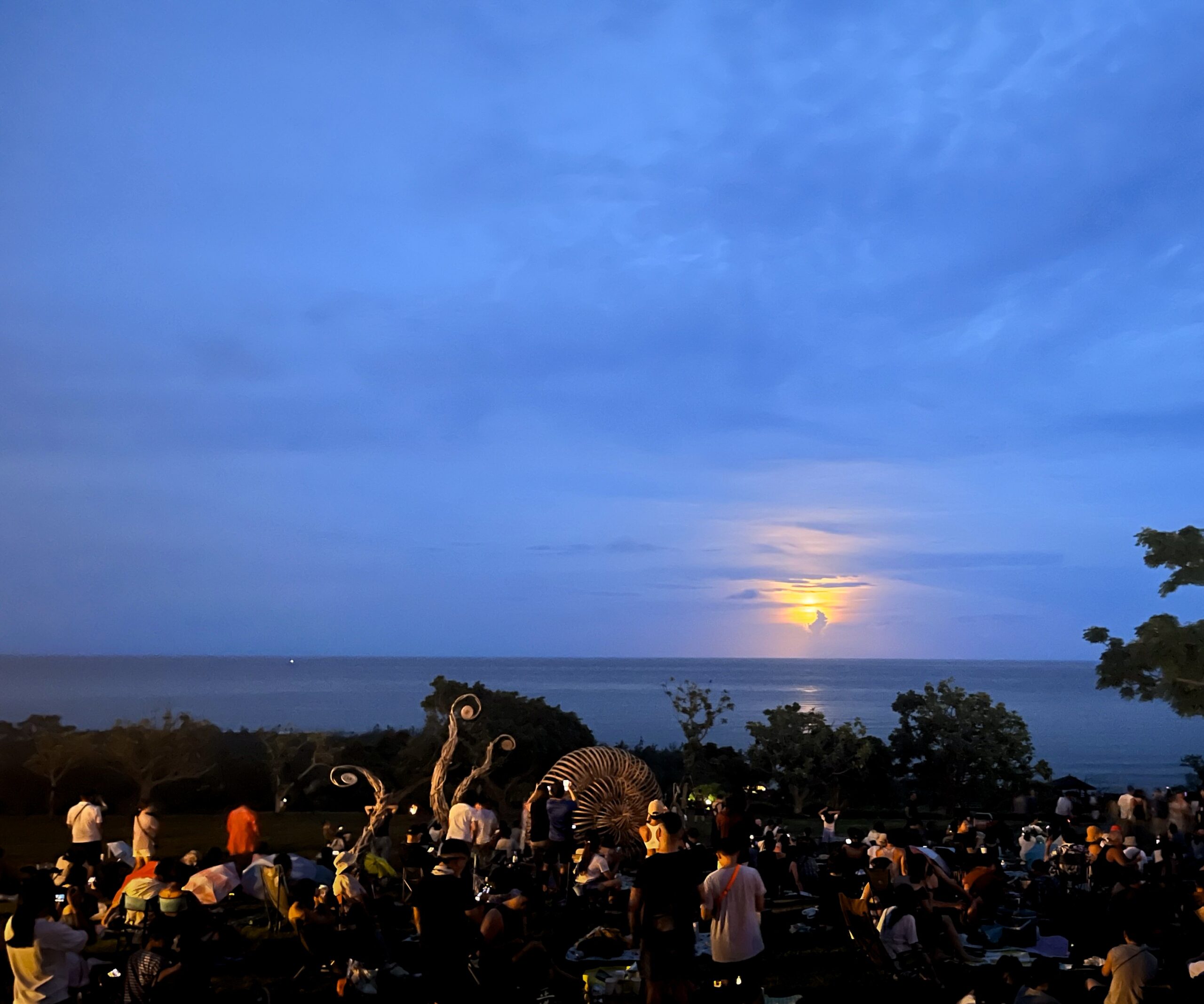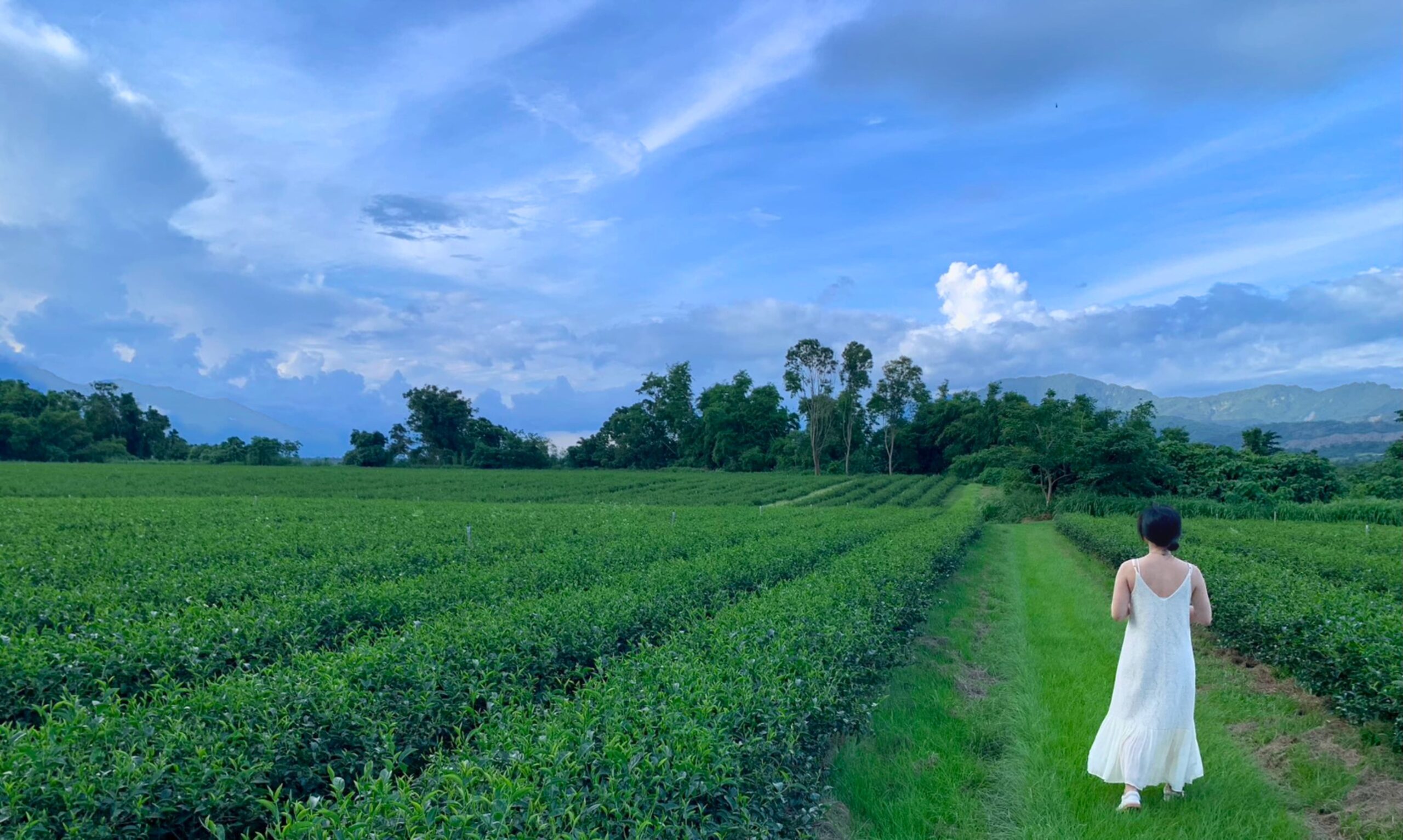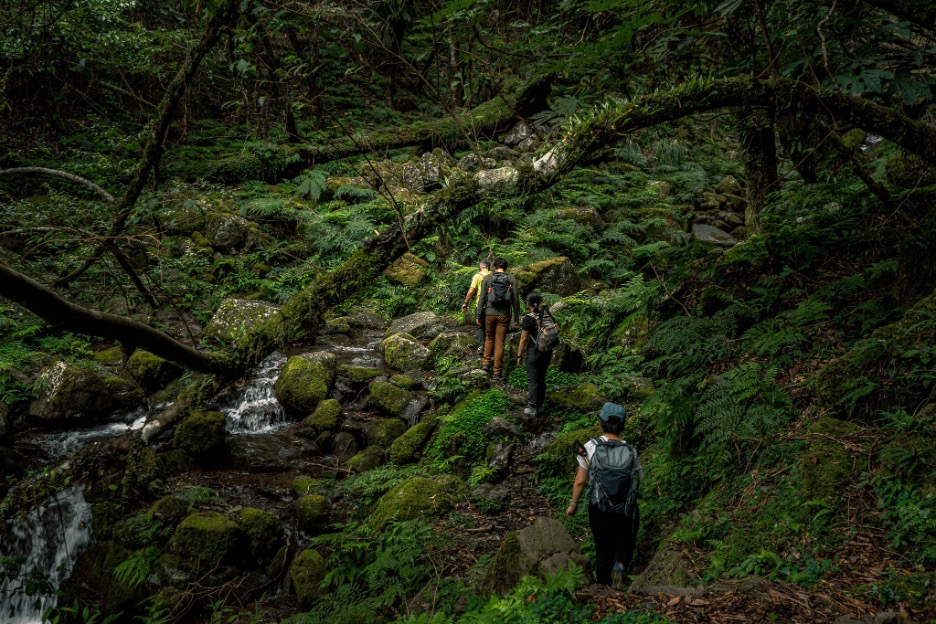Taiwan is rich in festivals celebrating local folk religions, community and cultural pride. Visitors lucky enough to find themselves in Kaohsiung’s Neimen district during the week of March 29th– April 6 were in for a rare spectacle indeed as the normally quiet town well north of Taiwan’s bustling southern metropolis played host to the annual Song Jiang Battle Array. (Read more cultural events in Taiwan: Baosheng Cultural Festival: A Festive Event Full of History, Religion and Community)
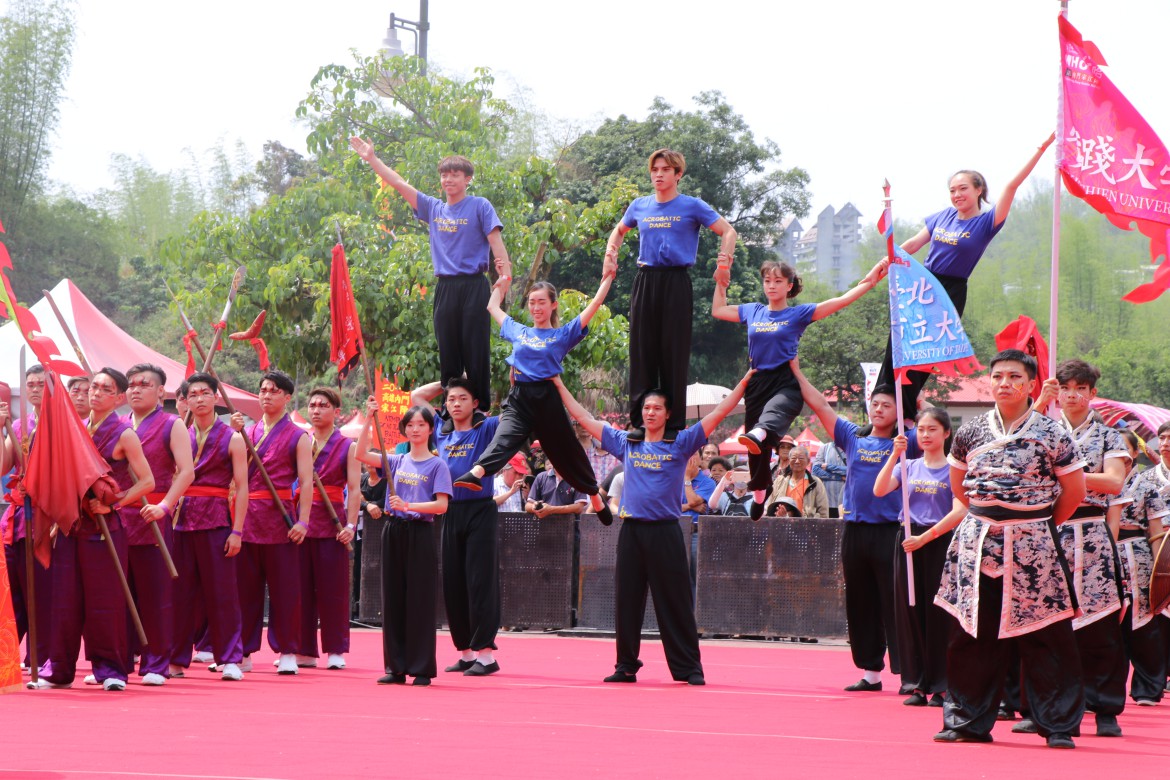
The roots of this martial festival are shrouded in mystery. Some say it dates back to the Qing dynasty, when villagers in far-flung regions of China (which at this time included Taiwan) had to band together to defend their homes and farms from bandits, developing martial arts skills along the way in order to provide not just effective protection, but also to make any brigands think twice about harassing farmers.
Others date the festival’s origins to the Ming Dynasty as a celebration of General Qi

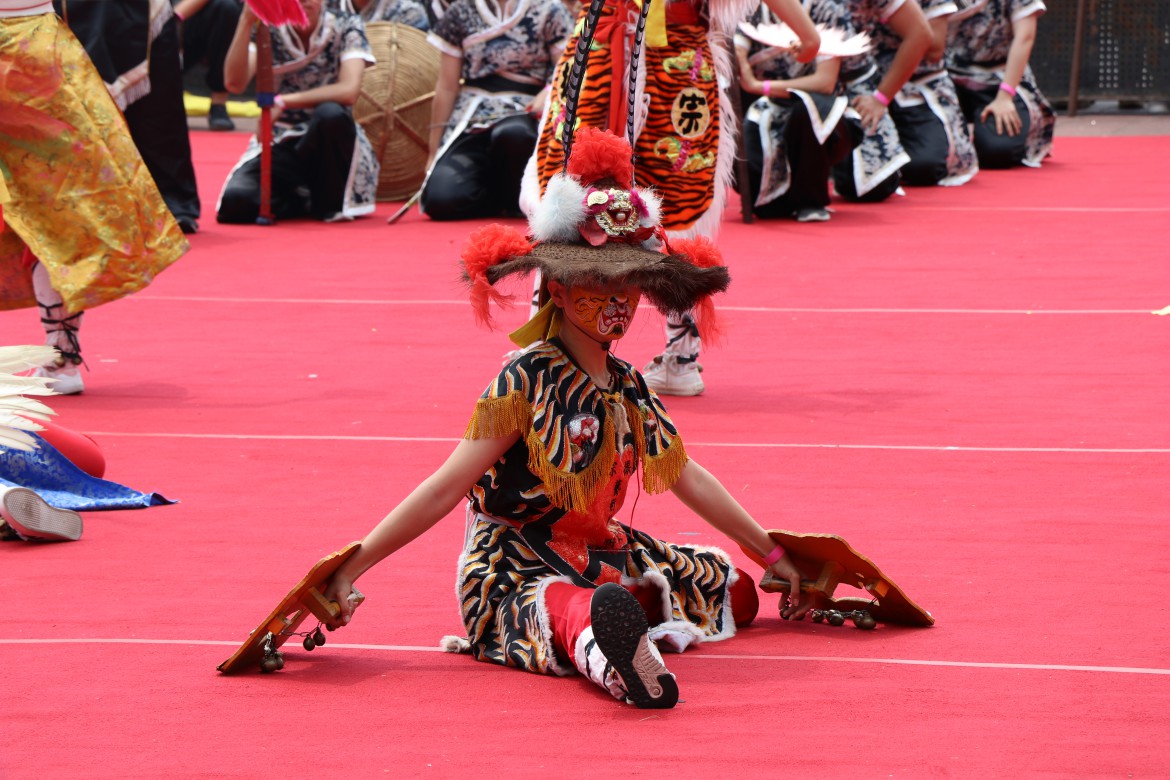
Whatever it’s origins, this Chinese tradition is no longer practiced on the Mainland. It lives on only in the southern parts of Taiwan where a modern adaptation has evolved into an important part of Taiwanese culture. Kaohsiung’s first modern festival was held in 1993 to celebrate the opening of Provincial Highway 3. The festival grew in scope each year, and in 2001 Kaohsiung’s Tourism Bureau began organizing the event, combining it with the Luohanmen Buddha Welcoming event (a modern-day competition featuring high school and college troupes) and rechristening the event “Song Jiang Battle Array.” In 2012, the Taiwan Tourism Bureau declared the Song Jiang Battle Array festival as one of Taiwan’s twelve major festivals. (Read also: The Mazu Pilgrimage Experience)
This year’s Song Jiang Battle Array kicked off with the athlete’s homecoming festival, a massive feast held on the evening of Friday, March 29th in front of Neimen’s Shuansian temple. As student performers from dozens of high school and university troupes from around Kaohsiung and around the island practiced modern forms of dance, including hip-hop, freestyle, and variations of classical ballet, hundreds of guests arrived from around Taiwan. As guests dined on multiple courses (any of which would be considered suitable for royalty), the stage erupted with music and performance by local musicians, dancers, and even a troupe of transgendered lip-synchers. As more courses came out, the party, feasting and festivities continued before finally ending at around 8:30 pm.
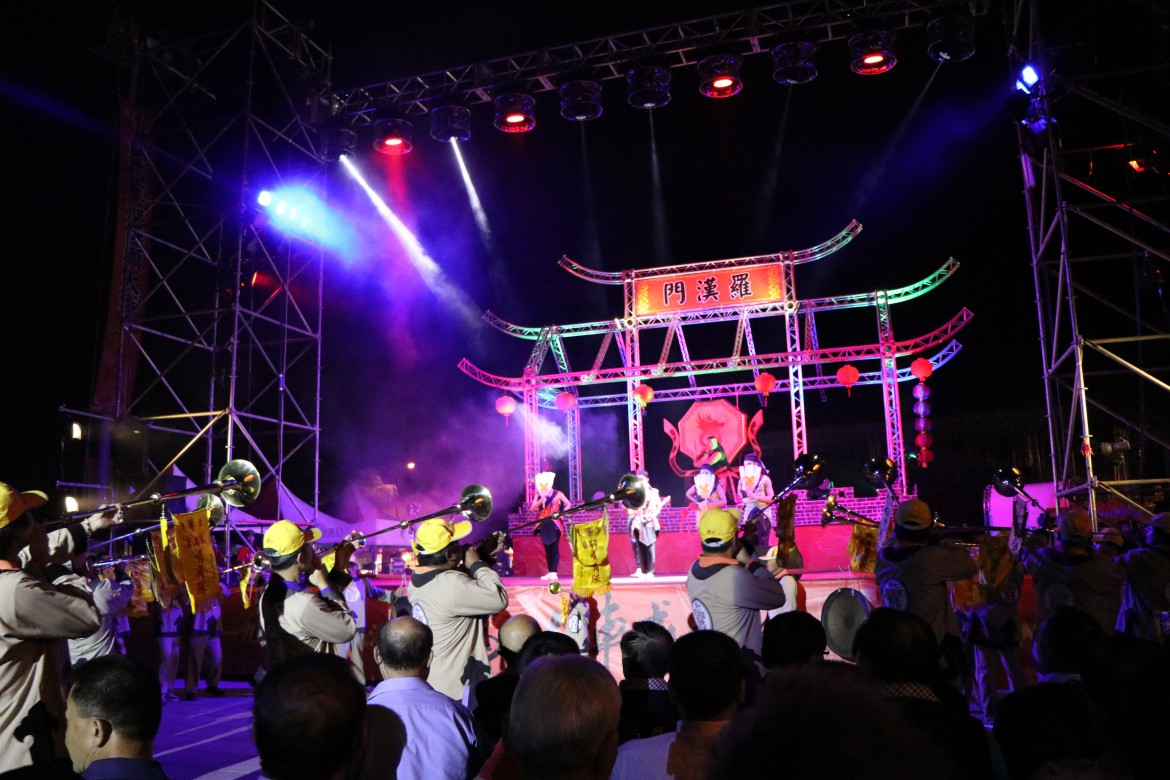
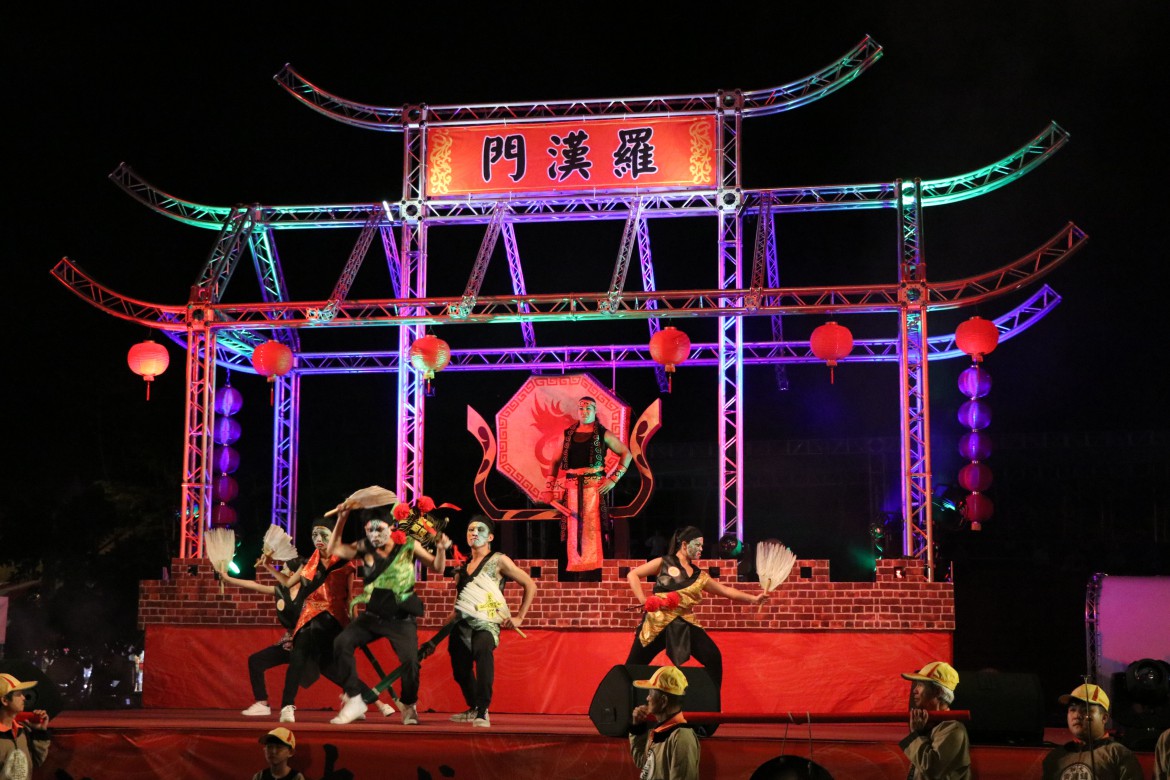
As guests returned to their hotels to rest for the night (or to keep partying through it), volunteers worked to clean up from the banquet and prepare for the start of the festival the next day. At ten AM on Saturday Morning, the martial performances began rehearsing, and student groups from around the island could be seen painting their faces and suiting up for their performances later in the day. Over the course of the day, troupes competed in a variety of creative battle arrays, including the Song Jiang Battle Array, the Song Jiang Lion Array and the Dragon Array. There was more food, of course, as one end of the ground surrounding the temple was turned into an ad-hoc food market selling traditional Taiwanese snacks. (Read also: Breakfast in Taipei: Start Your Day Like a Local!)
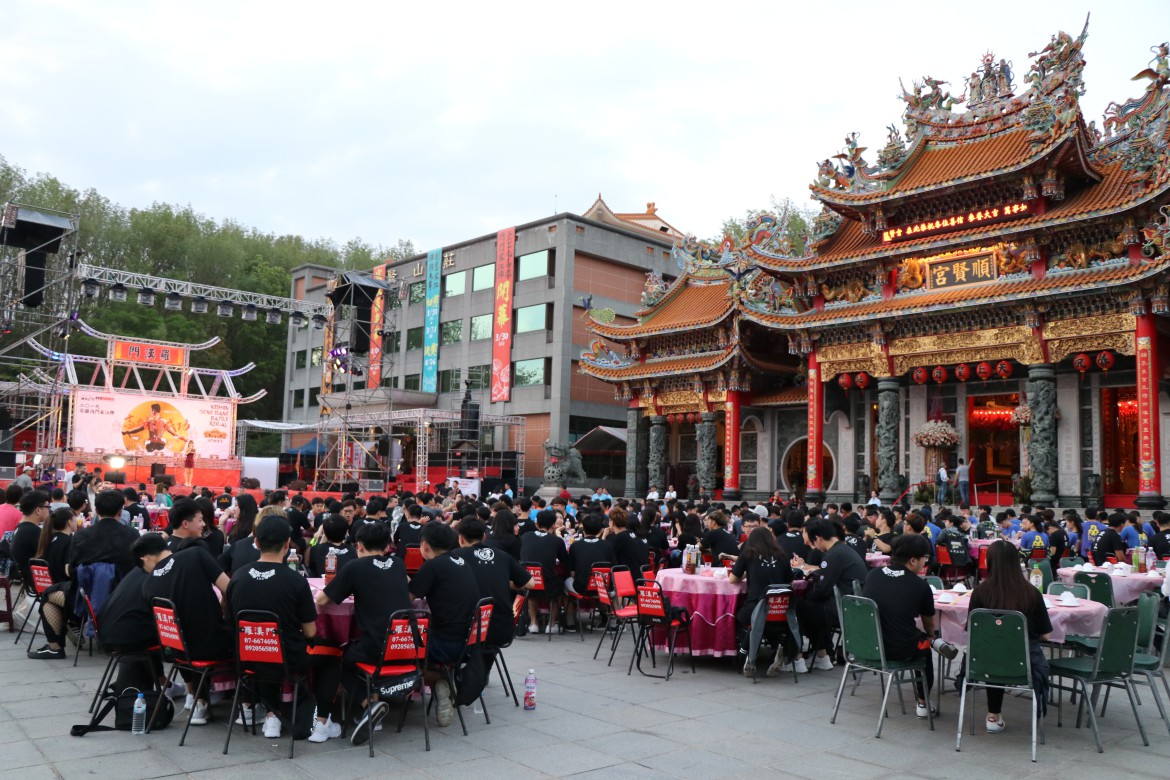
Festivities continued throughout the day, but the true performance began only that evening after the highly anticipated arrival of Kaohsiung’s newly-elected (and somewhat controversial) Mayor, Han Kuo-yu. Han arrived in the late afternoon to great fanfare. Following a brief press conference inside the temple itself, the Mayor ascended the stage to watch the opening night battle, which featured a fusion of traditional martial art moves and modern dance choreography drawing from genres like hip-hop and jazz. A mix of traditional Chinese instrumental music and modern Taiwanese rap accompanied the lively performance, which took place from 6pm onward, culminating in the opening day’s final act, an amazing firework’s display that could be seen as far away as Tainan City.
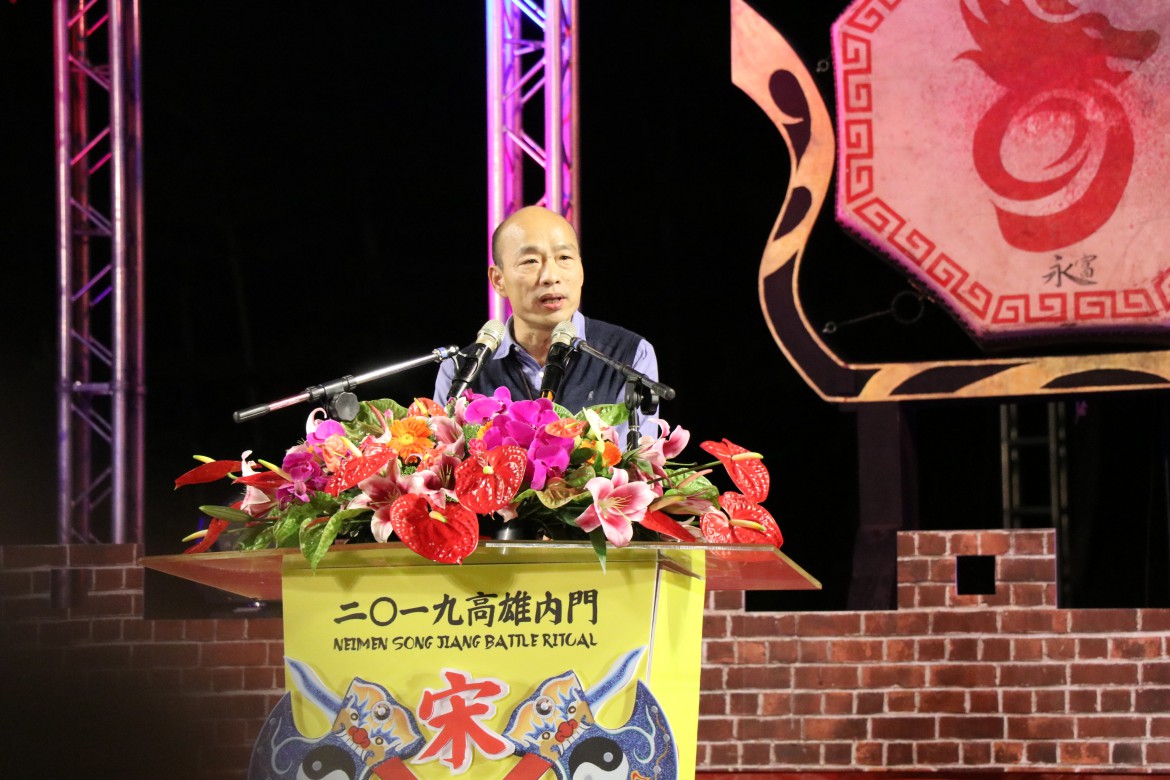
The 2019 Kaohsiung Neimen Song Jiang Battle Array concluded on April 6
Customize your own trip at MyTaiwanTour!

